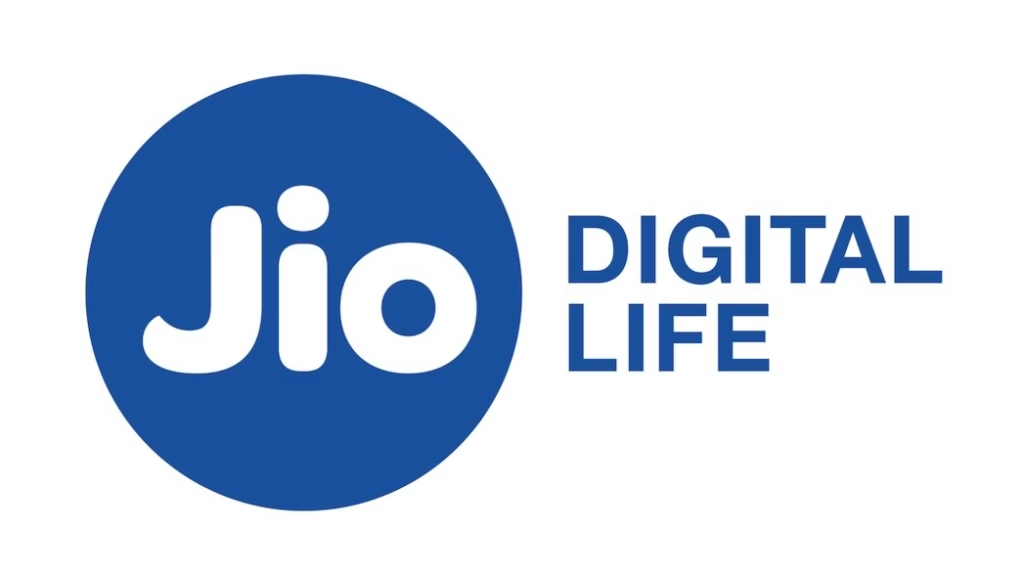Nowadays with the digital transformation, the battlefield is no longer the land or the sky, the battlefield is in cyberspace. Today, countries arm themselves not just with weapons but also with cyberpower. Among the South Asian nations, India and Pakistan are witnessing escalating tensions not just along border lines, but also in a largely invisible battlefield of digital warfare. Cyber warfare has become a whispering weapon to cripple vital infrastructure, steal valuable information, and to play tricks with public perception.
And how do such attacks work? What tools/techniques/technologies are used? How does India intercept and protect itself against such attacks? This blog takes you through the technical anatomy of this cyber conflict.

1. What is Cyber Warfare?
Cyber warfare is computer- or network-based conflict involving politically motivated attacks by a nation-state on another nation-state. It can involve:
- Stealing sensitive data (espionage)
- Disrupting critical infrastructure (power grids, banking)
- Defacing websites and spreading propaganda
- Denial-of-service attacks to bring down services
2. How Pakistan Conducts Cyber Attacks on India
At least some of these are sponsored by Pakistani hacker groups, many perhaps even by state. The most frequent and major ones are:
2.1. Phishing Attacks
Phishing is about luring people in who click on malign links or give away their private data.
- Attackers often send fake emails pretending to be from Indian government agencies (like the Ministry of Defence or Indian Army).
- These emails contain malware or links to fake login pages.
- Once a user clicks the link, their credentials (usernames/passwords) are captured.
Tools Used:
- SET (Social Engineering Toolkit)
- Evilginx (used for real-time phishing and session hijacking)
2.2. Malware Injections and RATs (Remote Access Trojans)
Malware such as RAT (Remote Access Trojans) are hidden within seemingly innocuous files or apps.
- Once installed, RATs give attackers remote control over the infected device.
- Pakistani hackers have used Android APKs, PDFs, and Word documents for this purpose.
Example: The APT group Transparent Tribe, for example, has used fake military documents to spread RATs such as Crimson RAT.
Technical Terms:
- Payload: Malicious code delivered to the victim.
- Command and Control (C2) Server: The attacker’s server that controls the infected machines.
2.3. DDoS (Distributed Denial of Service) Attacks
A DDoS attack floods a server with massive traffic, making it crash.
- Such attacks had also been launched on Indian government websites by Pakistani hackers group, including Team Pak Cyber Attackers.
- These are often made through botnets — a collection of hijacked systems.
Technical Concepts:
- Botnet: A network of malware-infected computers.
- Volumetric Attack: Flooding bandwidth.
- Protocol Attack: Exploiting server protocols like TCP/IP.
2.4. Defacement Attacks
This is one of the most visible forms of cyber attack.
- Hackers penetrate Indian websites and replace their homepages with propaganda messages or warnings.
- These attacks are symbolic, and are intended to demonstrate digital predominance.
Tools Used:
- SQL Injection (to get into databases)
- Shell Uploads (uploading malicious scripts)
2.5. Cyber Espionage
These are long-term surveillance operations that target:
- Military communication
- Diplomatic channels
- Strategic research labs (like DRDO)
Technique Used:
Spear Phishing + Zero-Day Exploits (unknown security bugs not yet patched)
3. India’s Cyber Defense Mechanisms
India has instituted a layered defense mechanism using human intelligence, software tools and government agencies.
3.1. Organizations Leading the Defense
- CERT-In (Indian Computer Emergency Response Team): Detects and mitigates cybersecurity threats.
- NTRO (National Technical Research Organisation): Deals with cyber espionage and national security.
- NCIIPC (National Critical Information Infrastructure Protection Centre): Secures critical infrastructure like power grids and banking.
- DRDO’s CAIR Unit: Works on cybersecurity for military systems.
3.2. Firewalls and IDS/IPS
- Firewall: Blocks unauthorized access to or from a private network.
- IDS (Intrusion Detection System): Monitors network traffic for suspicious activity.
- IPS (Intrusion Prevention System): Not only detects threats but also blocks them.
Tools Used:
- Snort (open-source IDS)
- Suricata
- Cisco ASA Firewall
- Palo Alto Networks (Next-Gen Firewalls)
3.3. SIEM (Security Information and Event Management)
SIEM solutions aggregate, normalize, and analyze log data throughout an enterprise to identify patterns of cyber attacks.
Popular SIEMs used in India:
- Splunk
- IBM QRadar
- ArcSight
3.4. Endpoint Security & Antivirus
This is why government institutions are now mandating that any system will have EDR, to be able to figure out:
- Keyloggers
- RATs
- Screen recorders
Tools Used:
- Kaspersky EDR
- CrowdStrike Falcon
- SentinelOne
3.5. Cyber Forensics & Traceback
When an attack occurs, Indian cyber agencies resort to forensic methods to:
- Trace IP addresses
- Identify malware signatures
- Track Command & Control servers
Tools:
- Wireshark
- Volatility (for memory analysis)
- FTK (Forensic Toolkit)
3.6. Ethical Hacking and Penetration Testing
To fortify systems, ethical criminals simulate actual attacks to identify holes.
Indian Initiatives:
- Bug Bounty Programs in defense and public sector
- Regular vulnerability assessments of government networks
3.7. AI & Machine Learning in Cybersecurity
Modern cyber defense tools use machine learning models to:
- Predict attack patterns
- Detect zero-day vulnerabilities
- Automate threat hunting
4. India’s Offensive Capabilities
India is not only defending but also developing offensive cyber capabilities to deter attackers.
- NTRO and RAW have reportedly the suspected units for cyber counterintelligence.
- Hack backs and cyber surveillance operations are apparently carried out against the known hacker networks in Pakistan.
5. Notable Incidents
➤ 2016: Pathankot Attack and Cyber Surveillance
Following the Pathankot attack, Indian agencies identified an attempt made to phish through fake base maps Air Force personnel.
➤ 2019: Pulwama Aftermath
A total of 90 Indian websites were defaced by the Pakistani hackers, however, the Indian CERT-In immediately restored many of the affected websites and tracked down several attacks to misuse of overseas servers.
➤ 2020: COVID-19 Espionage
Indian pharma firms faced phishing attacks in the form of COVID-19 data containing malware to gain access to vaccine research.
6. Future of India-Pakistan Cyber Warfare
As each nation expands its cyber capabilities, the warfare is likely to grow more sophisticated:
- Use of Deepfakes to spread misinformation
- AI-driven phishing campaigns
- Attacks on IoT and 5G infrastructure
- Cyber-attacks coordinated with physical operations
Conclusion
The digital war between Pakistan and India was very real, and it was complicated and evolving. It’s not just about technical expertise, but also national strategy, intelligence and coordination. As Pakistan persists with asymmetric tactics — phishing and defacement — India is erecting multiple tiers of an AI-hardened cyber defense powered by expert entities and ethical hackers.
The awareness, training, and vigilance, from the top down at all levels of government and right down to the average user, become essential as cyber warfare continues to evolve. The keyboard has proved more powerful than the sword, and both nations know it.
if you want to report any cyber fraud or crime in India – Click Here
Disclaimer: Information provided is based on publicly available sources and user experiences.
if you have any issue with this Article – Click Here




